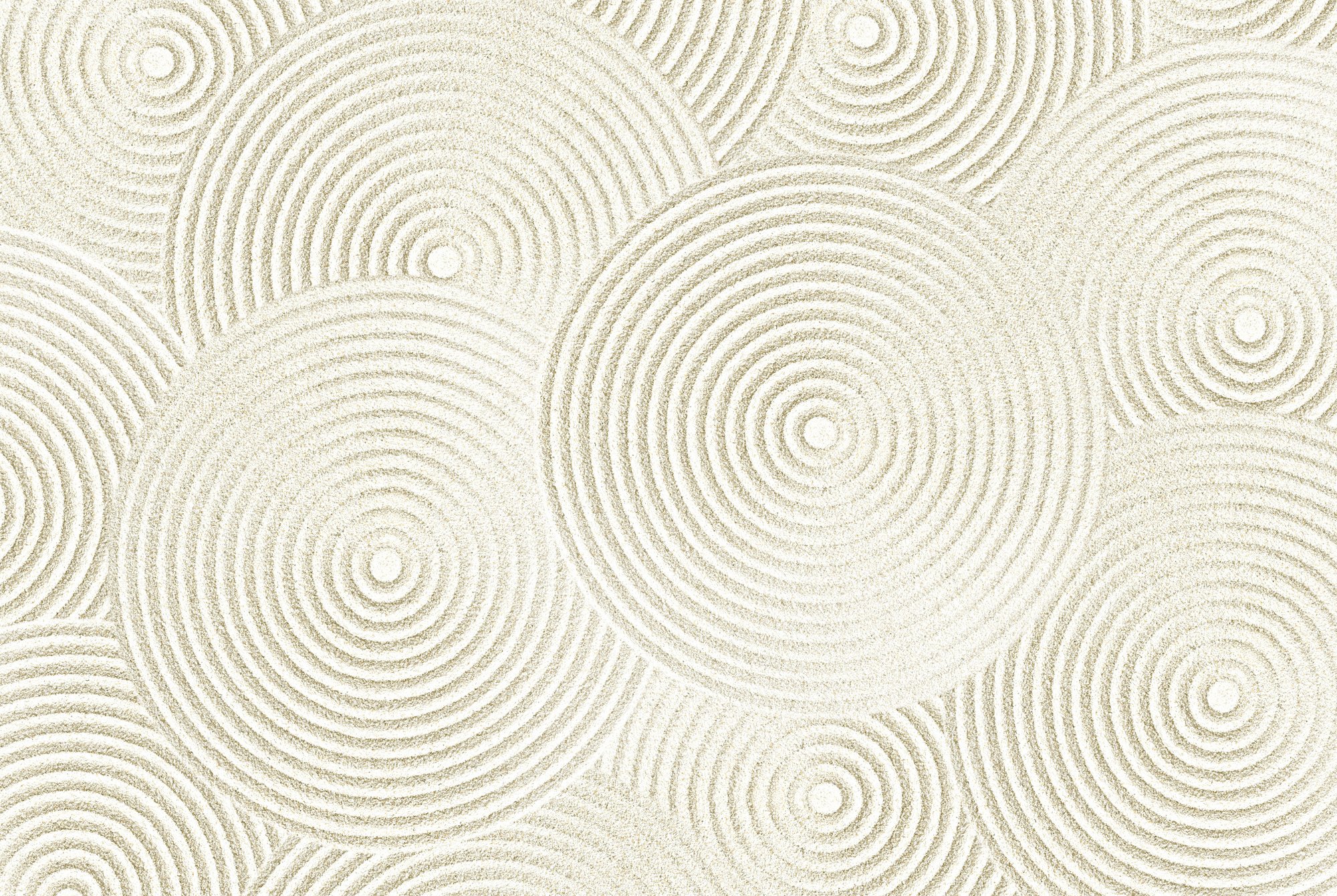
Diolaze Laser Hair Removal
Pre-Treatment Instructions
Avoid sun exposure for a minimum of two weeks. This includes natural sun and tanning beds. Laser Hair Removal (LHR) cannot be performed on skin with a tan.
Daily sunscreen is mandatory, even inside and even on cloudy days. This drastically reduces the chance of a burn on your skin during treatment.
No tanning lotions or spray tans for two weeks before your treatment.
Some medications can increase your sensitivity. Please review the checklist and discuss any with your clinician.
Some medications or supplements may increase the risk of bruising. Ask your RN or aesthetician if you have questions about this. Arnica Montana can decrease the likelihood of bruising and is available over the counter in pill or cream forms.
If you have a history of herpes or cold sores, we highly recommend a course of anti-viral medication pre- and post-treatment. This can help prevent an outbreak if you are prone to them. If you would like us to call in a prescription, please contact our office.
Your provider will recommend appropriate skincare products to help enhance results and minimize potential side effects.
Let us know if you’ve used any of the following medications in the past month
Antibiotics (ciprofloxacin, doxycycline, levofloxacin, ofloxacin, tetracycline, trimethoprim)
Antifungals (flucytosine, griseofulvin, voricanozole)
Antihistamines (cetirizine, diphenhydramine, loratadine, promethazine, cyproheptadine)
Cholesterol lowering drugs (simvastatin, atorvastatin, lovastatin, pravastatin)
Diuretics (thiazide diuretics: hydrochlorothiazide, chlorthalidone, chlorothiazide.; other diuretics: furosemide and triamterene)
Non-steroidal anti-inflammatory drugs (ibuprofen, naproxen, celecoxib, piroxicam, ketoprofen)
Oral contraceptives and estrogens
Phenothiazines (tranquilizers, anti-emetics: examples, chlorpromazine, fluphenazine, promethazine, thioridazine, prochloroperazine)
Psoralens (methoxsalen, trioxsalen)
Retinoids (acitretin, isotretinoin)
Sulfonamides (acetazolamide, sulfadiazine, sulfamethizole, sulfamethoxazole, sulfapyridine, sulfasalazine, sulfasoxazole)
Sulfonylureas for type 2 diabetes (glipizide, glyburide)
Alpha-hydroxy acids in cosmetics
https://www.fda.gov/drugs/special-features/sun-and-your-medicine from 2015
Aftercare Instructions
Sun block must be used and can be applied immediately following treatment. Subsequent treatments can’t be performed if the area is sunburned or excessively tanned.
Moisturizer may be applied immediately after each treatment. Keep the treated areas moisturized in between treatments for best results.
Make-up may be applied immediately after facial treatment.
During the first 2 days following treatment be gentle with the area: avoid hot tubs, saunas, steam rooms, massage, etc.
Keep the skin clean to avoid infection.
Hydrocortisone cream may be used if the treated area is itchy.
It is normal for hair regrowth to be sparse/patchy/spotty/in strips or stripes or in random spots. This is due to the nature of the hair growth cycles on your body. Not all of your hair follicles are actively growing at the same time: Some are growing, some are resting, and some are shedding. The laser targets hair follicles in the active growth phase.
The follicles that were hit as they were in the active growth phase will typically not have hair regrowth.
Areas where hair does regrow were in the resting or shedding phase, these follicles will likely be in the active phase during the second or third treatments and will be targeted then.
This is the reason hair regrowth is patchy or spotty. It does not mean the treatment is not working or that areas were missed. This is the reason multiple sessions are needed; to ensure that all follicles are treated during the active growth phase.
Call us with any questions or concerns, 303-261-8070.
